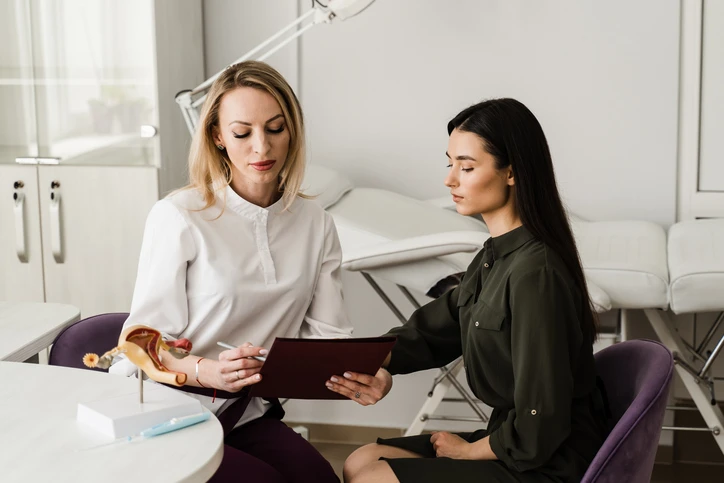If you’ve been thinking about undergoing a labiaplasty, we’re here to tell you that women of all ages come to Aguirre Specialty Care seeking help and guidance because they are unhappy with certain aspects of their appearance, specifically, their labial tissue. In other words, you are not alone!
Most importantly, we want you to know that there’s nothing to be ashamed of concerning your body. The female form comes in all shapes and sizes. By the same token, you deserve to feel confident and comfortable, and there’s nothing wrong with undergoing cosmetic gynecological surgery to help you feel your best. If you’re considering surgery because you’d like to make certain changes, it’s time to visit us for a consultation. You deserve to love your body and receive the best care possible, and that’s where we can help.

Now that we’ve got those important points out of the way, here a few FAQs on labiaplasty to help get a better understanding of your options:
What does normal labial tissue look like?
The labia refers to the fleshy outer lips of the vulva. When people mention vaginal appearance, they’re usually talking about the labia, or “vaginal lips.” The outer lips of your vulva are known as the labia majora. The inner lips, which lead to the vaginal opening, are called the labia minora.
Why is my inner labia (labia minora) so much larger than my outer labia (labia majora)?
Believe it or not, it’s super common for the inner lips to stick out from the outer lips and be longer. In fact, more often than not, the inner lips are larger than the outer lips. It’s also helpful to realize that there are endless variations in the appearance of the labia in terms of shape, size and color. For example, it’s very common for women to have asymmetrical inner lips, when one side of the inner labia is thicker, larger or longer than the other. Regarding color, it’s very common for both sets of labia to be darker than the surrounding skin, but there’s no “average” labia color. It ranges from pink to purplish to reddish to brown.
Why does my labia look the way it does?
Sometimes, it’s simply genetics, but other possible factors include the stress of childbirth and pregnancy, both of which can cause stretching and discoloration of skin, to name just a few common side effects.
How do I know if I need a labiaplasty?
This is a difficult question to answer because it’s highly personal. However, our team has helped guide thousands of women in making this decision, based on their symptoms and other important factors. As we’ve said before, labia have dozens of natural variations, whether lopsided or large, reddish or brown. What isn’t normal is any pain and discomfort, both physically and emotionally. If your labial skin is causing you discomfort on a daily basis, interfering with your clothing options and generally lowering your quality of life, it’s time to seek help with us. Labiaplasty is a simple in-office surgical procedure, involving only local anesthetic, that can truly change your life for the better.
How much downtime can I expect after my labiaplasty?
Labiaplasty is a simple yet precise surgical procedure that involves gently altering the labia shape. We will carefully remove excess labial tissue, inserting fully dissolvable stitches that heal and leave no trace. You can expect bleeding and swelling in the first few days following your surgery and will need to change your feminine pads regularly. To mitigate swelling and soreness, you’ll also need to apply ice packs for a few minutes at a time throughout the first few days to a week following your surgery. We recommend taking a week off from work to rest at home while your incisions are healing and the bleeding and swelling naturally resolve. You will continue to heal in the months following your surgery.
When will I see results?
The healing process is gradual. While your regular life will return to normal just a few short weeks following your surgery, your healing will continue. You should expect to see your full results six months to a year following your procedure.
How can I get started with labiaplasty in Denver at Aguirre Specialty Care?
We can’t wait to help! Please call 303-322-0500 or complete our consultation request form today.




